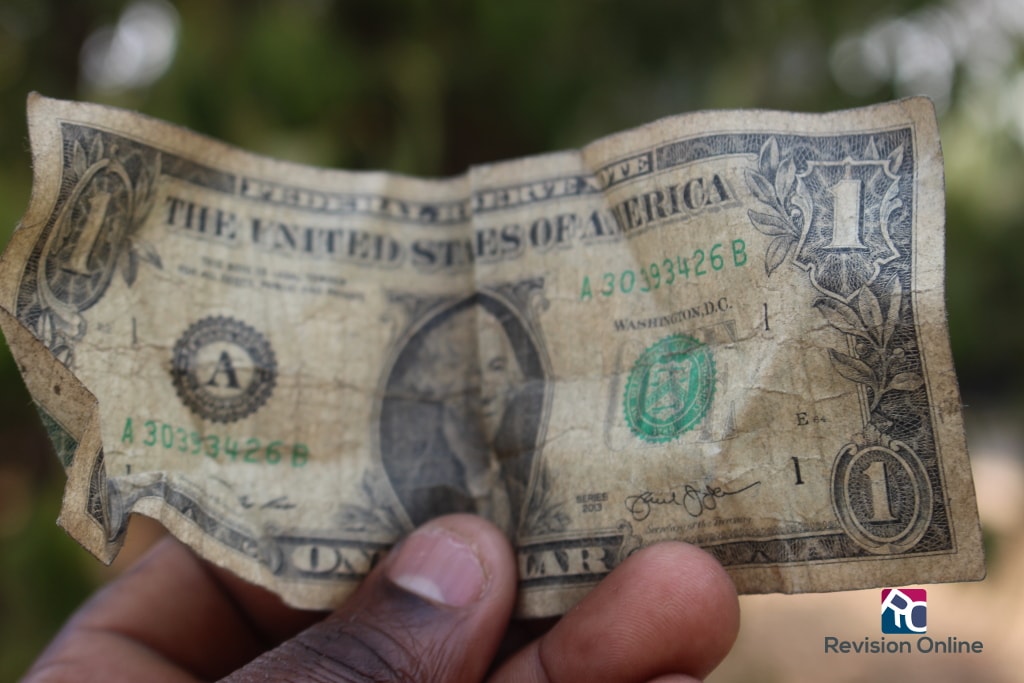There is a rather bizarre article in today’s (5 June 2019) article. According to this state-owned publication, parallel market rates for the US dollar are falling. It goes on to cite “evidence of this” fall.
PARALLEL market exchange rates have tumbled from a peak of US$1:RTGS$9 recently and remain frozen at US$1:RTGS$6 since last week amid indications the rate could drop further after Government secured a US$500 million facility to boost efficiency on the inter-bank forex market.
To the best of my knowledge, none of what the Chronicle is saying is true. For the record, the US to RTGS rate stood at around 1:8 last week. It never got as high as 1:9 to begin with. In fact, it never went that high. The closest it ever got was around 1:8.5.
Even the sacrosanct Old Mutual Implied rate hung around these levels. Black market traders use this OMIR as a guide. Two leading websites: marketwatch.co.zw and zimbollar.co.zw also track the black market rate. Both have shown the rate just around 8 over the past week.
No, the rate has not fallen to 6
You see on the black market there are two different rates. One for bond notes against the USD and another for RTGS (money in Ecocash/bank accounts). While the RTGS rate was around 1: 8, the bond note rate was around 6.3 to 6.5 per each USD. Again that has not changed from last week’s position.
Perhaps this is were confusion is stemming from. The Chronicle claims the rate is USD to RTGS rate is now 1:6. Might they be confusing the two rates? It is not clear. The government also goes on to make an interesting claim:
The governor recently told Parliament that the value of RTGS dollar notes circulating in the country was $1, 6 billion …
“We have $1,6 billion in the RTGS dollar account and if you sell $400 million today it takes away all RTGS dollars — so who is that one so rich that they can move the rate?” Dr Mangudya queried.
Again this claim makes zero sense. As pointed above parallel traders accept both RTGS in accounts as well as bond notes and even coins. The total money supply in Zimbabwe is certainly more than 1.6 billion. RTGS balances were at around 9 billion at some point. This means Zimbabwe certainly has more than 10 billion in money supply. More than enough to sustain the rate.
The murky Zimbabwean economy
One of the reasons for low confidence in the authorities is this sort of misinformation. Then there is a pervasive lack of transparency from both our fiscal and monetary authorities. They have a tendency of either being downright deceitful in a misguided notion that this would shoar up confidence in them or contradicting themselves without explanation.
We don’t really know how many bond notes were printed. We don’t know how many bond coins were minted. How much RTGS $ in people’s accounts. It’s a murky world. One thing is for sure however, the claims being made by the Chronicle are a naked lie.



